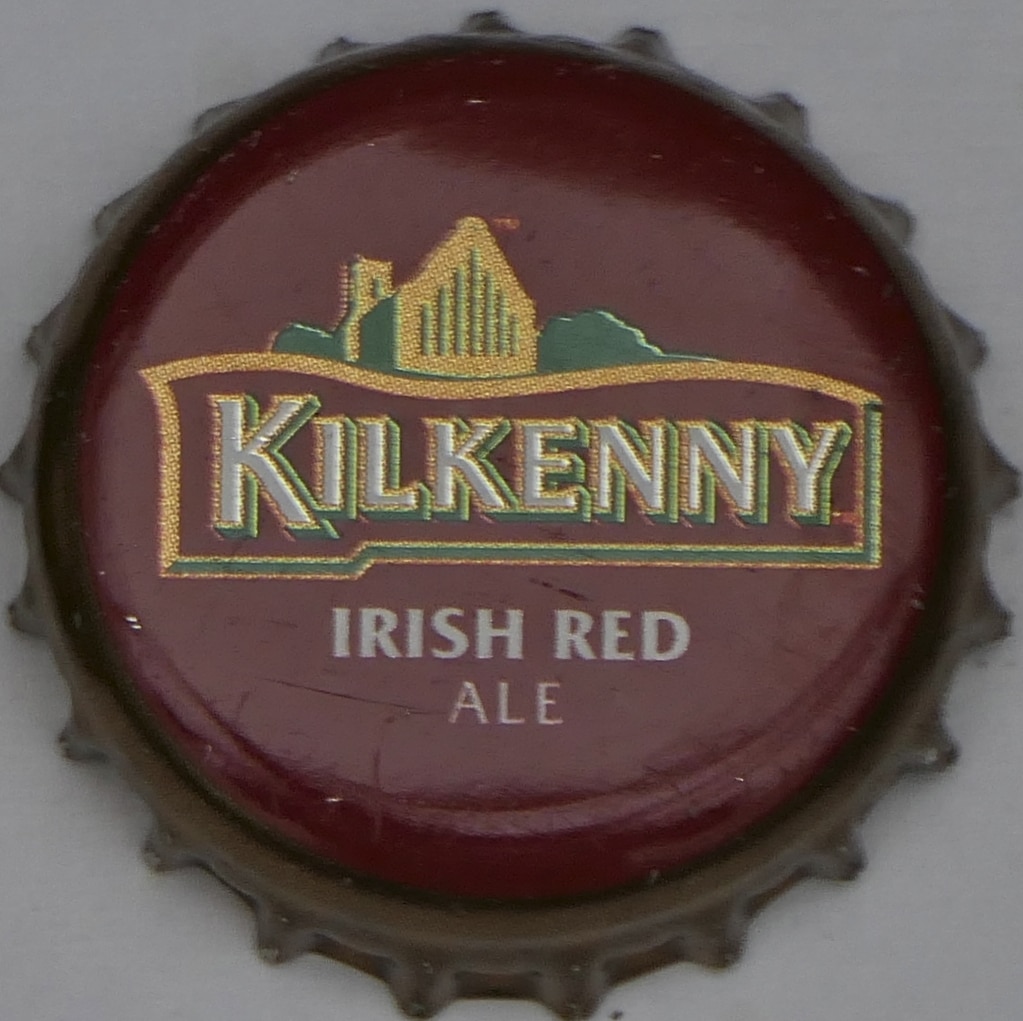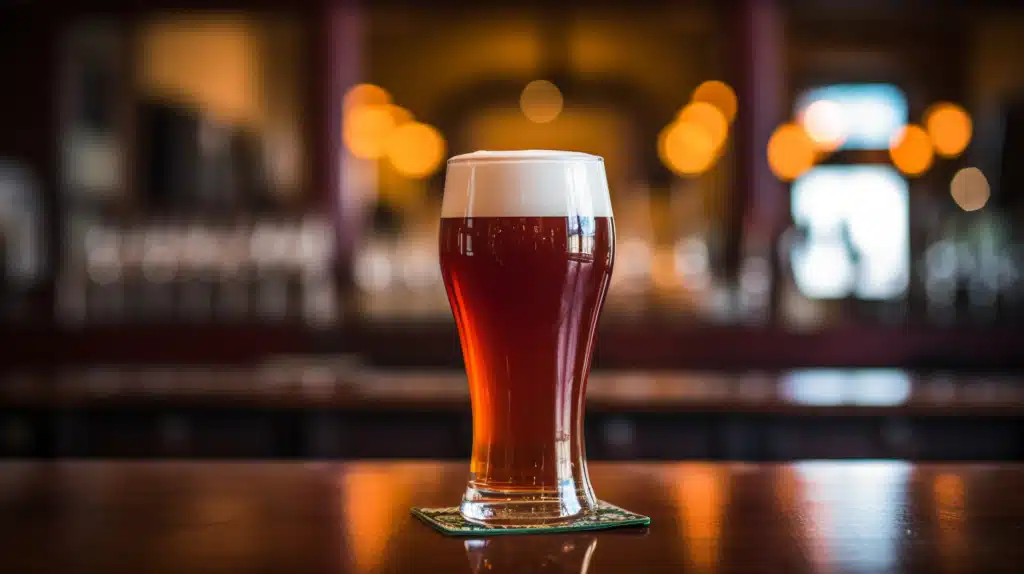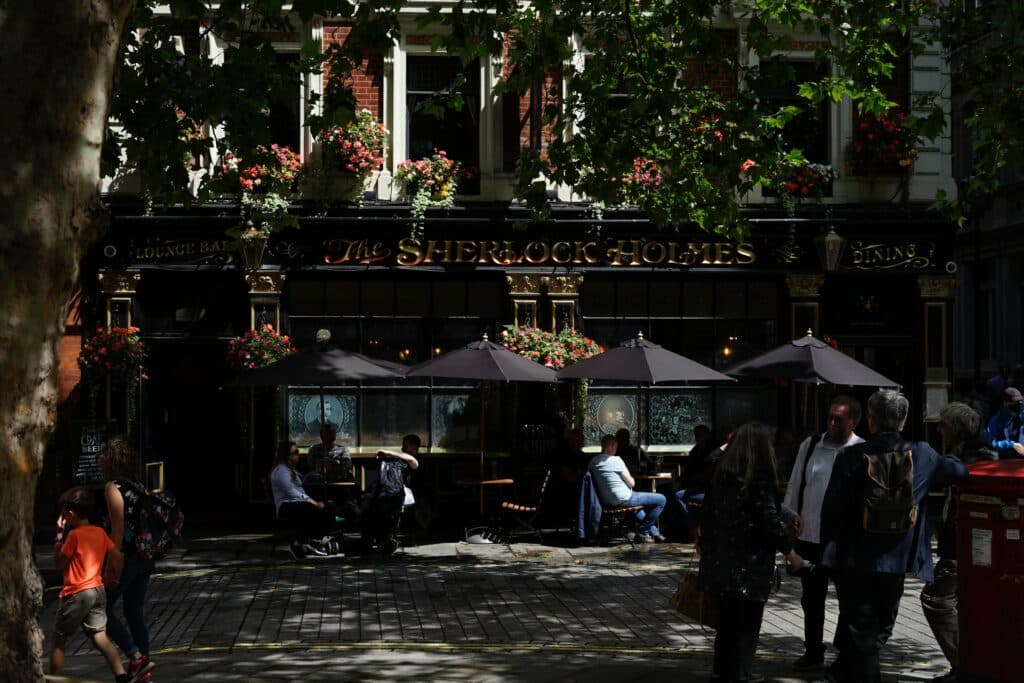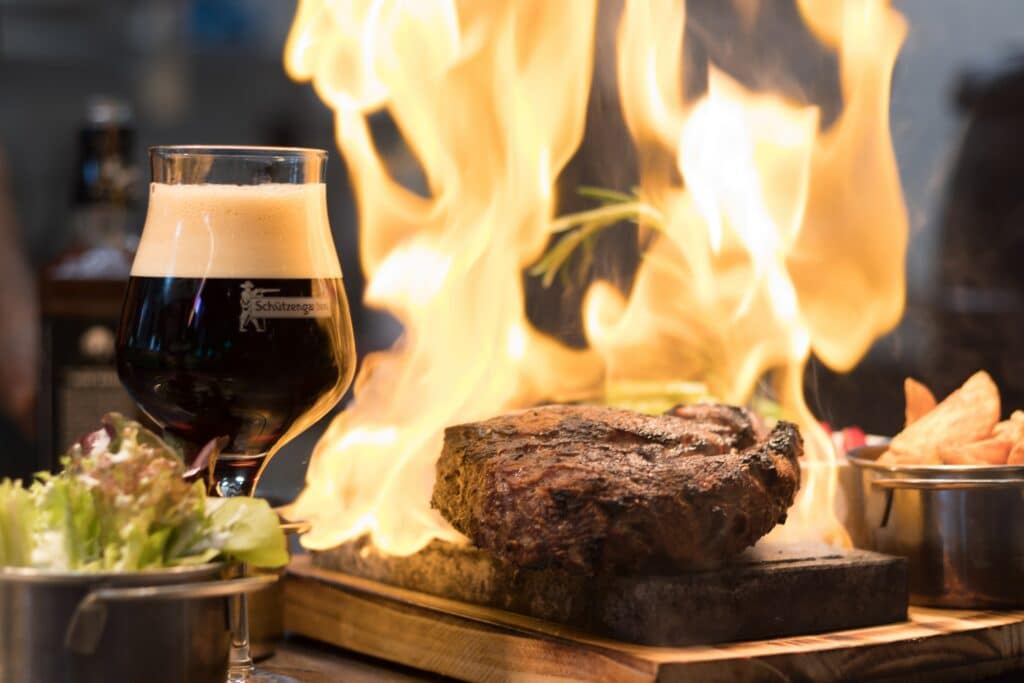Disclaimer: This post may contain affiliate links, from which I may earn a small commission at no extra cost to you. Thank you for supporting Ale Affair.
About 10 years ago, I fell in love with a gorgeous redhead: Kilkenny Cream Ale. This Irish brew is famous for its smooth, rich flavour and has gained a loyal following, yet I can’t find it anywhere in the UK. This article explores the reasons behind this curious scarcity, offering insights into the world of Kilkenny Cream Ale. Let’s explore the nuances of beer distribution and taste preferences that shape its availability and comparison to Guinness. Ultimately, we will shed light on a question that captivates ale enthusiasts: Why is Kilkenny Ale not sold in the UK?
Why is Kilkenny Ale Not Sold in the UK?
Kilkenny Cream Ale, a nitrogenated Irish cream ale, has a curious and somewhat elusive presence in the UK market, raising questions among its lovers, such as myself. Originally brewed in St. Francis Abbey Brewery in Kilkenny, the oldest operating brewery in Ireland until its closure in 2013, Kilkenny Cream Ale is now brewed at Guinness Brewery in Dublin. The ale’s history intertwines with Smithwick’s, a well-known Irish red ale, as both were brewed in the same historic brewery. Kilkenny, a brand managed by Guinness owner Diageo, shares similarities with Smithwick’s. However, it stands out with its less hoppy finish and a creamier head like Guinness.
The limited availability of Kilkenny Cream Ale in the UK is due to several factors. While Ireland remains its primary market, other countries like Australia (where I first tasted the red nectar) and Canada have emerged as significant importers. This suggests that the distribution strategies may be focused more on these markets. Additionally, the ale’s characteristic taste and brewing style, particularly its nitrogenation process, which gives it a distinct creamy head, might be more aligned with the preferences in these markets compared to the UK.
Moreover, the production transition from the historic Kilkenny site to Dublin, while retaining the traditional brewing methods, could have impacted its distribution logistics, influencing its presence in the UK market. Also, the rebranding history, where “Kilkenny” was used as a name to market a stronger version of Smithwick’s in Europe and Canada due to pronunciation challenges with “Smithwick’s”, could have played a role in its current market positioning.
Understanding the subtle differences in brewing tradition and market strategies between Kilkenny Cream Ale and other Irish beers, like Smithwick’s and Guinness, is crucial to comprehending its unique standing in the global beer market. This leads us to explore further the characteristics and taste profile of Kilkenny Cream Ale in the next section.
Kilkenny Irish Cream Ale: A Taste Profile
The name Kilkenny is derived from two words, Cill Chainnigh, which is an Anglicised version of the original Gaelic name. The word ‘Cill’ means ‘Church’ in Irish Gaelic and has its roots in the Latin word ‘kella’, which means ‘cell’ or ‘sell’. The second part, ‘Chainnigh’, is a Gaelic spelling for Kenny. Therefore, Kilkenny means ‘Church of Kenny’. Now we have the vernacular: what exactly does Kilkenny Cream Ale look and taste like?

Kilkenny’s appearance is as enticing as its taste – it pours with a copper-coloured foam and a thick, creamy head, thanks to its nitrogenation process. This method, similar to Guinness’s, contributes to the ale’s creamy and rich mouthfeel. The beer’s texture is light to medium, offering a pleasant drinking experience without the heaviness often associated with ales.
Taste-wise, Kilkenny presents a light and malty flavour with a slightly sweet aftertaste. The balance of sweetness and bitterness is finely tuned, making it a delightful choice for those who enjoy a beer that isn’t too overpowering. Using nitrogen rather than carbon dioxide for pressurisation further enhances the smoothness, making each sip a refreshing experience. Unlike many ales, Kilkenny lacks a strong hoppy bitterness, setting it apart as a unique and enjoyable brew.
Moreover, Kilkenny Irish Cream Ale is notable for its hints of mocha and cinnamon, adding layers of complexity to its flavour profile. This, combined with its smooth, drinkable texture and rich, creamy mouthfeel, makes Kilkenny a perfect choice for various occasions, whether it’s a relaxing evening at home or a night out with friends.
Kilkenny Irish Cream Ale stands out with its distinct flavour and texture, making it a must-try for beer enthusiasts and casual drinkers. Its balance of creamy smoothness and light, malty taste, complemented by a unique nitrogenated texture, defines it as a standout brew in the Irish beer landscape. Just a shame you Brits can’t buy it!
Kilkenny vs. Guinness: Distinguishing the Irish Titans
Kilkenny Irish Cream Ale and Guinness, both heralded from the esteemed brewing traditions of Ireland, present a fascinating study in contrast. While they share a common heritage and are now both owned by Diageo, their distinct characteristics set them apart.
Kilkenny offers a lighter body than Guinness with a slightly milder taste. Kilkenny is deliciously smooth, almost like a milkshake. It has notes of sweet malt, cereal grain, floral hops and a soft bitterness at the end. As mentioned throughout, this ale is famous for its creamy head, similar to that of Guinness, achieved through a mixture of nitrogen and carbon dioxide. Brewed at the Guinness Brewery in Dublin since the closure of St. Francis Abbey Brewery, Kilkenny embodies a fusion of history and modern brewing techniques. It has an alcohol content of 4.3%, slightly higher than Guinness.
On the other hand, Guinness, an iconic Irish dry stout, boasts a fuller body with a more pronounced flavour of roasted barley or coffee. Its rich, aromatic profile balances savoury and sweet, making it an ideal winter beverage. Guinness is distinguished by its charming dark fruit characteristics, with underlying notes of cocoa, chocolate, and coffee, adding a hint of sourness and a mild aroma of vanilla bean. It has a slightly lower alcohol content of 4.2%.
Calorically, Kilkenny contains about 163 calories per 440ml can, whereas Guinness has around 125 calories for the same amount. Despite these differences, both beers are priced similarly, reflecting their shared lineage and quality.
In essence, Kilkenny offers a lighter, maltier experience, suitable for those who prefer a less intense yet flavourful beer. Guinness, renowned for its bold and creamy taste, caters to those seeking a richer and more robust stout experience. Both beers are a testament to Ireland’s rich brewing heritage, each appealing to different palates and occasions.
Summary
In this exploration of Kilkenny Cream Ale, we discovered its unique appeal and why it’s not widely sold in the UK. Rooted in Ireland’s brewing history, Kilkenny is distinct from Guinness, offering a lighter, maltier taste and a smooth, creamy texture. Guinness, by contrast, presents a fuller body with a rich blend of roasted barley and coffee flavours. Both embody the depth and variety of Irish brewing, catering to diverse preferences. Now that we’ve explored why Kilkenny Cream Ale remains a hidden gem in the UK and its distinct character compared to Guinness, what’s your take on these iconic Irish brews?
Share Now!
Raise a glass to knowledge! Each article you share pours a little more wisdom into the world, frothing with ideas and bubbling with insights.




